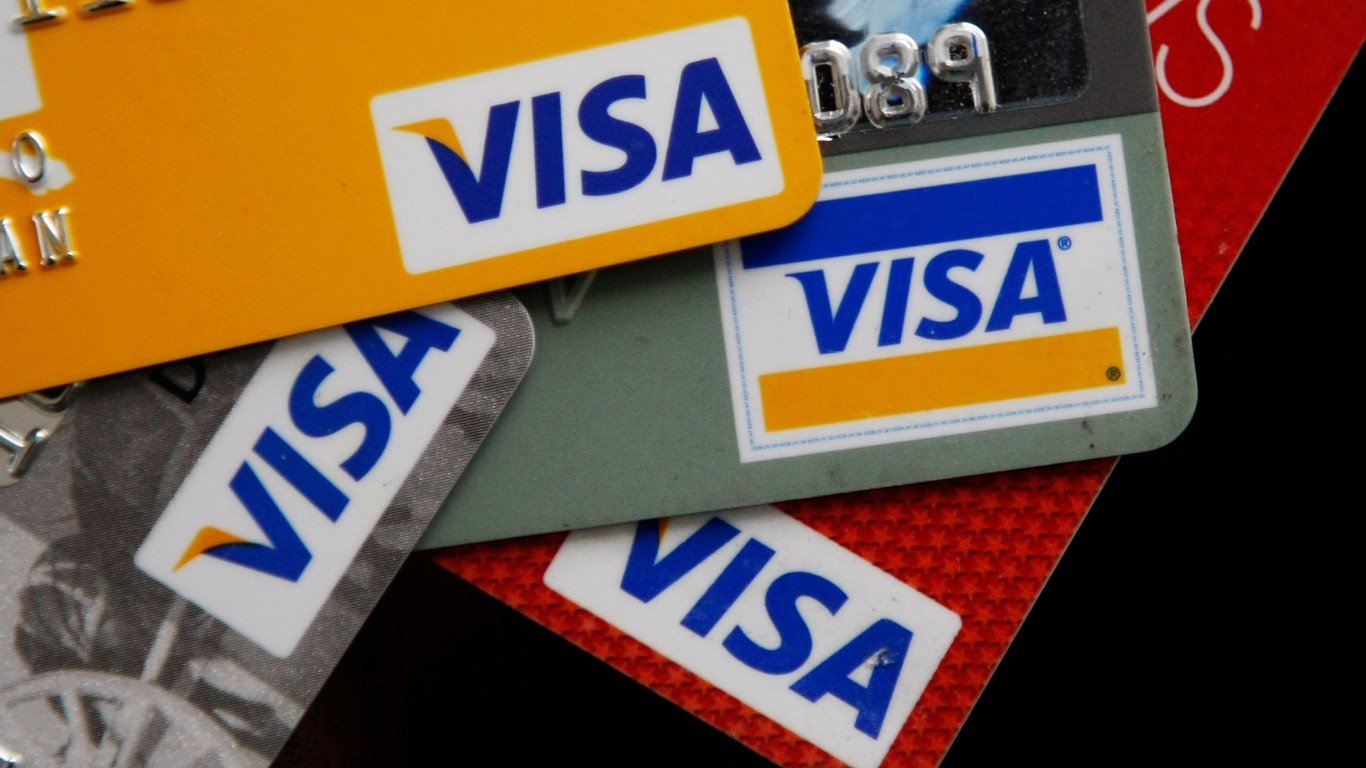

The media loves making references of the current economy being compared to the great recession. After all, headlines with “recession” have been used to drive higher interest. One problem in measuring gross domestic production (GDP) is that it doesn’t take bad behavior and consumers over-extending their finances into consideration. The U.S. economy was roughly $21.7 trillion in 2019 as measured by GDP. Consumers account for close to 70% of that figure.
The Federal Reserve has released its consumer credit report for the fourth quarter of 2019 and there are some trends that, while they are supportive of GDP, they may have at least some reminders of over a decade ago about the risks of getting over-extended. Total credit card balances rose by $46 billion to $930 billion during the fourth quarter. That is well above the peak of credit before the great recession, and some borrowers appear to be stretched.
Consumer credit increased at a seasonally-adjusted annualized rate of about 5% in the fourth quarter and at a rate of 6.25% in December.
The rate of credit cards with serious delinquencies (late by 90 days or longer) rose to 5.32% from 5.16% in the third quarter. This was the highest level in about 8 years. What the Federal Reserve report does not warn about is that if they were that late and behind in the fourth quarter, then the consumer was effectively already stretched before the holiday spending jump was seen.
Younger consumers were having even worse metrics. For those aged 18 to 29, the serious-delinquency rate was up at 9.36%. One issue which may have played a factor is a reclassification of some retail store cards rather than being in the non-credit card consumer debt category.
Consumer credit has been rising in recent years, but real disposable income had also risen 3% in 2019 (down from 4% in 2018). The low level of 3.5% unemployment at the end of 2019 also had to play a factor in consumer credit rising. After all, if your job is great and secure then carrying an extra few hundred in debt won’t seem like end of the end of the world.
Total household debt in the United States rose 1.4% from the third quarter of 2019 to a record $14.15 trillion. On top of that being the twenty-second quarter of higher household debt, it was $1.5 trillion higher than the pre-recession peak of $12.7 trillion that had been seen back in the third quarter of 2008.
Mortgage debt rose to $9.56 trillion in the fourth quarter, up about $120 from the third quarter as home sales and refinance activities remains strong. In fact, the $752 billion in mortgage originations was up by over 40% and was the highest activity in 14 years. One bit of good news is that the average credit score from new borrowers was up 5 points to 770.
The category for nonrevolving debt, typically loans for education, cars and items such as vacations, rose from $3.063 trillion in the third quarter to $3.099 trillion in the fourth quarter of 2019. Both quarters were higher than the $2.956 trillion at the end of the fourth quarter of 2018.
Take This Retirement Quiz To Get Matched With A Financial Advisor (Sponsored)
Take the quiz below to get matched with a financial advisor today.
Each advisor has been vetted by SmartAsset and is held to a fiduciary standard to act in your best interests.
Here’s how it works:
1. Answer SmartAsset advisor match quiz
2. Review your pre-screened matches at your leisure. Check out the
advisors’ profiles.
3. Speak with advisors at no cost to you. Have an introductory call on the phone or introduction in person and choose whom to work with in the future
Take the retirement quiz right here.
Thank you for reading! Have some feedback for us?
Contact the 24/7 Wall St. editorial team.



